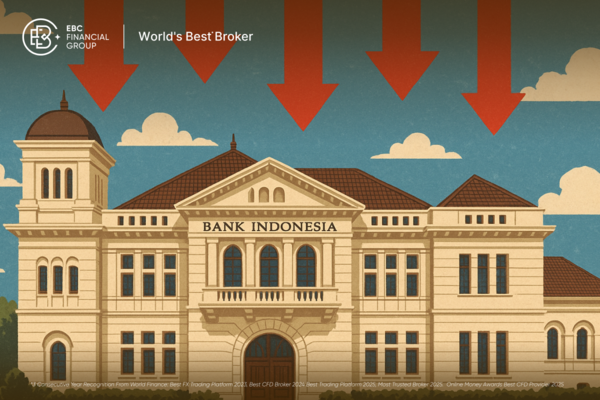What is Realized Profits?
Realized profit refers to the remaining amount of income obtained by investors or enterprises through selling assets, goods, or providing services within a certain period of time, minus corresponding costs and expenses. That is to say, achieving profits refers to the profits created through various business activities within a certain period of time.
For investors, achieving profits is the return earned by selling assets such as stocks, bonds, and real estate in their investment portfolio to earn price differentials. For enterprises, achieving profits is the remaining amount obtained by subtracting production costs, labor costs, management expenses, and other expenses from the operating income obtained by selling products or providing services.
Realizing profits is one of the important indicators for enterprises or individuals to evaluate their operating and financial health, reflecting the economic benefits and profitability of a company or individual.

What is Realizing Losses?
Realizing losses refers to the process in which investors or businesses have already incurred losses and converted them into cash or other assets in investment or business activities. When investors or businesses sell or transfer their invested assets, if the selling price is lower than the purchase price or cost, then a loss is realized. Realizing losses can also refer to losses caused by selling products or providing services.
【 EBC Platform Risk Reminder and Disclaimer 】: There are risks in the market, and investment needs to be cautious. This article does not constitute investment advice.




















